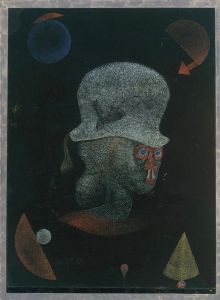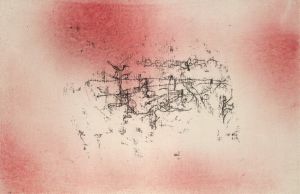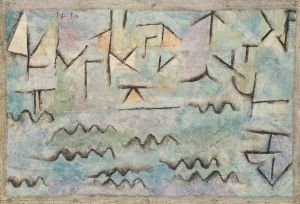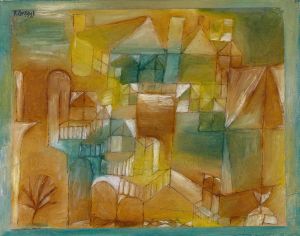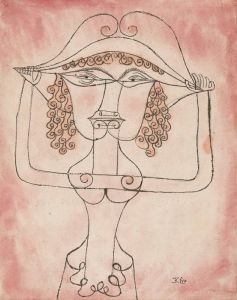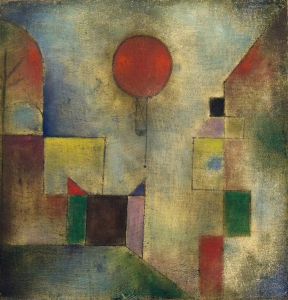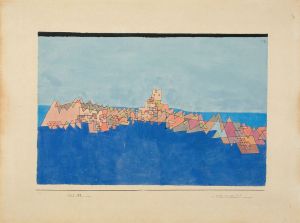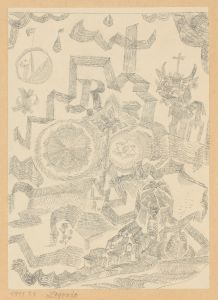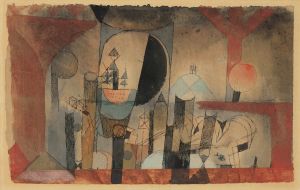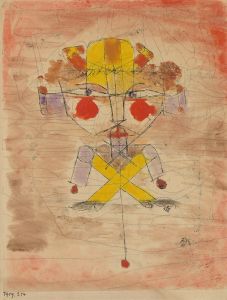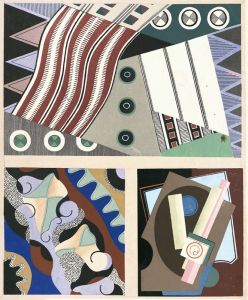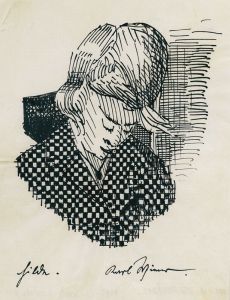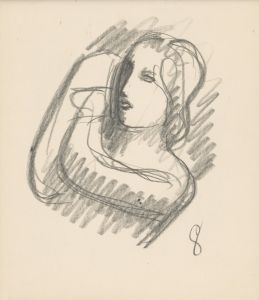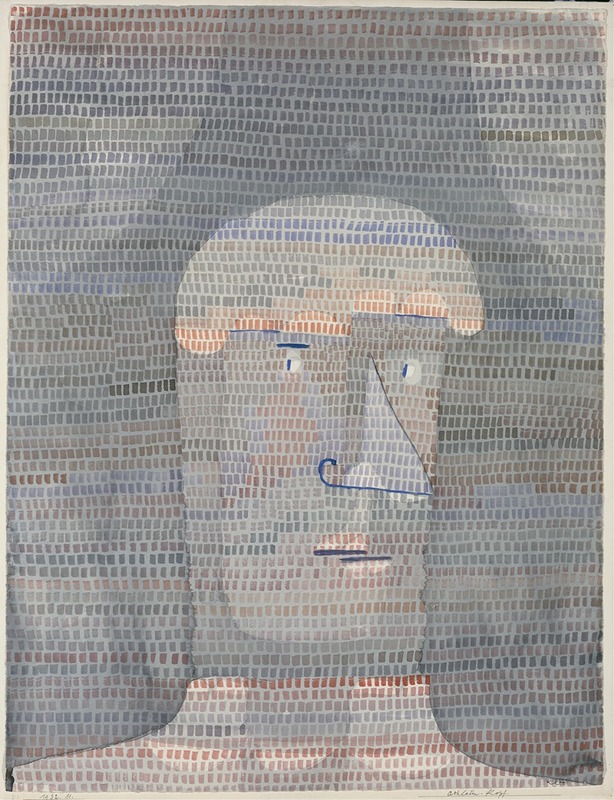
Athlete’s Head
A hand-painted replica of Paul Klee’s masterpiece Athlete’s Head, meticulously crafted by professional artists to capture the true essence of the original. Each piece is created with museum-quality canvas and rare mineral pigments, carefully painted by experienced artists with delicate brushstrokes and rich, layered colors to perfectly recreate the texture of the original artwork. Unlike machine-printed reproductions, this hand-painted version brings the painting to life, infused with the artist’s emotions and skill in every stroke. Whether for personal collection or home decoration, it instantly elevates the artistic atmosphere of any space.
Paul Klee's Athlete’s Head is a painting created in 1928 by the Swiss-born artist, who is widely regarded as one of the most influential figures in modern art. Known for his highly individual style, Klee’s work often blends elements of abstraction, expressionism, and surrealism. Athlete’s Head is a notable example of his exploration of human forms and his interest in simplifying complex subjects into geometric shapes and lines.
The painting depicts a stylized human head, believed to represent an athlete, rendered with Klee’s characteristic use of bold lines and a muted color palette. The composition emphasizes the structural aspects of the face, reducing it to a series of angular and geometric forms. This approach reflects Klee’s fascination with the interplay between abstraction and figuration, as well as his interest in the underlying structures of nature and human anatomy.
Klee created Athlete’s Head during his tenure as a teacher at the Bauhaus, the influential German art school where he worked from 1921 to 1931. His time at the Bauhaus was marked by a deep engagement with theories of color and form, which are evident in this work. The painting demonstrates Klee’s ability to distill complex ideas into deceptively simple visual forms, a hallmark of his artistic philosophy.
The medium of the painting is oil on canvas, a technique Klee frequently employed during this period. The work is relatively small in scale, consistent with many of Klee’s paintings, which often invite close, intimate viewing. The subdued tones and minimalist composition of Athlete’s Head suggest a contemplative mood, encouraging viewers to reflect on the essence of the subject rather than its literal representation.
Athlete’s Head is housed in the Zentrum Paul Klee in Bern, Switzerland, a museum dedicated to the artist’s life and work. The museum holds a significant collection of Klee’s paintings, drawings, and writings, offering insight into his creative process and artistic legacy. This particular piece is often highlighted as an example of Klee’s innovative approach to portraiture and his ability to convey personality and emotion through abstraction.
As with much of Klee’s work, Athlete’s Head resists easy interpretation, inviting viewers to engage with it on multiple levels. Its blend of simplicity and complexity exemplifies Klee’s belief that art should not merely replicate reality but instead reveal deeper truths about the human experience.





